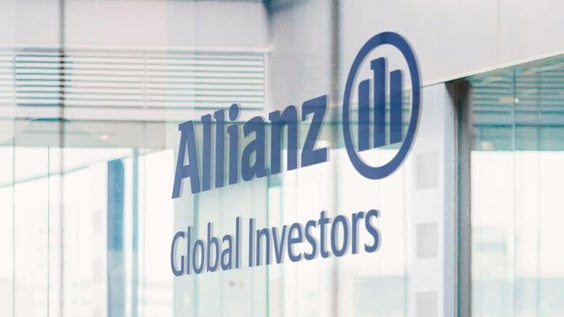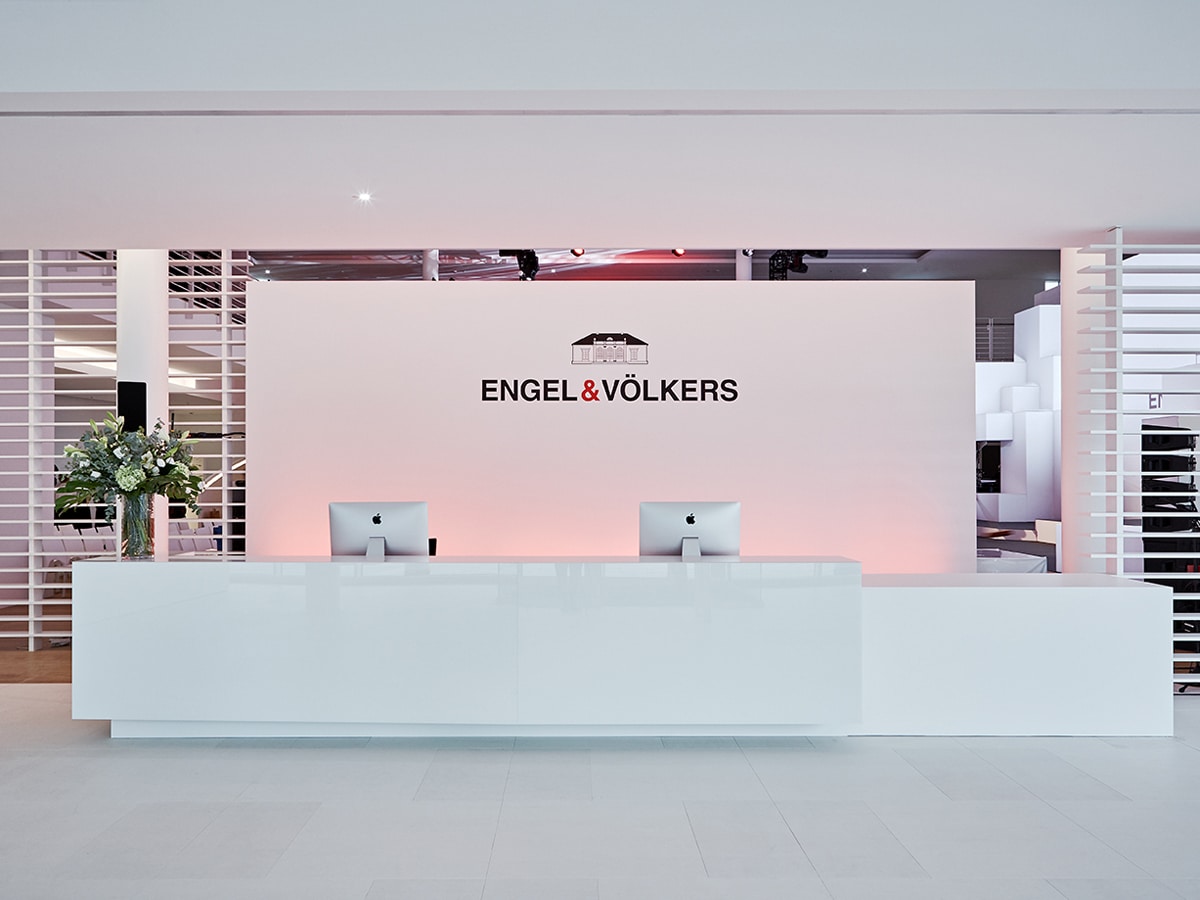Job advertisements are used to attract the top tech talent to fill your role, however, to avoid engaging just one specific gender and perhaps discouraging the perfect applicant from applying, gender neutral job ads are the way forward.
The fact that women are underrepresented in the tech industry has been extremely documented. One explanation is due to the ‘degree gap’; only 24% of women who have a degree in engineering work in the industry, in comparison to 30% of men and 56% of women in the tech industry leave their role by mid-career. What discourages women from working in the tech industry? Gender biased job adverts are part of the problem. Almost half (48%) of women in STEM roles report discrimination in the hiring process.
Writing gender neutral job adverts not only gives you access to a wider pool of talent in the industry, but will also increase diversity and inclusion in tech.
Check out our previous blog, to discover why hiring gender diverse tech teams is financially beneficial.
What is a gender neutral job ad?
Defined by the Cambridge Dictionary, ‘gender neutral’ refers to something that relates to everyone, as opposed to just men or just women. Gender neutral job advertisements pertain to people and not specific genders.
How to make your job advert gender-neutral
Below are some things to consider when constructing your job advert.
The use of gendered words in job adverts is a form of unconscious bias, as although it might not be intentional, using specific words can mean that your advertisement is aimed towards a particular gender. For example, according to the augmented writing tool Textio, “exhaustive” and “enforcement” carry a masculine undertone, whereas “in touch with” and “transparent” carry feminine undertones. It is important to use gender neutral language where possible when writing your job description, and to utilise a mixture of both ‘feminine’ and ‘masculine’ words so as to not discourage a specific gender from applying.
Instead of using the word “competitive” (considered masculine), you could say “motivated”. Alternatively to the word “polite” (considered feminine), use “professional”.
Alongside the use of gender neutral language, it is also worth considering the technical content of your job advert. A study by LinkedIn found that women apply to less jobs than men by 20%, which could be explained by the fact that women think they need to match 100% of the criteria, whereas men apply after satisfying around 60%. The take-away from this, is to be aware that men and women consider applying for roles differently and as such to only include criteria in the job advert that is strictly necessary.
Research conducted at the University of Waterloo and Duke University, found that job advertisements which use words considered more masculine, for example ‘competitive’ and ‘dominant’, had no effect on female respondents perception that they were capable to fill the role, but it did affect their impression of belongingness and the appeal of the role.
To avoid gender bias in your job adverts, Glassdoor recommends highlighting to your potential candidates that your organisation is dedicated to achieving inclusion in the industry, perhaps through your company values. Emphasise any initiatives you have in place that support diversity in tech, so that candidates who apply feel accepted.
Increasing inclusivity in tech
Not only does research show that gender-neutral job adverts get more responses (by 42%), the roles are also filled two weeks faster, compared to gender biased advertisements.
One company – Atlassian – were able to increase their number of female technical hires by 80%, in just one year. One of the steps they took to achieve this was by using the aforementioned writing tool Textio, to analyse the language they used.
Are you a team leader looking for talented tech professionals to join your team? Speak with our specialist consultants today.




